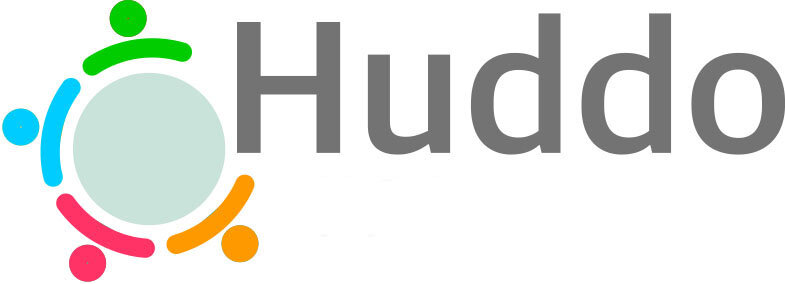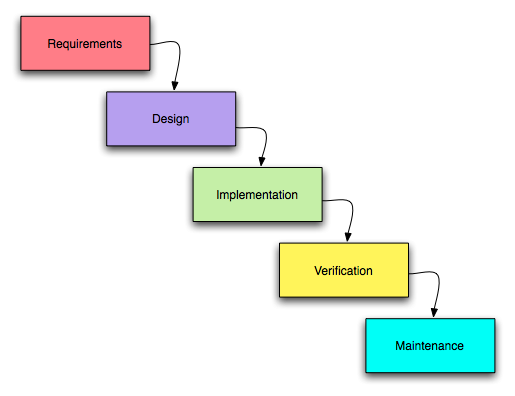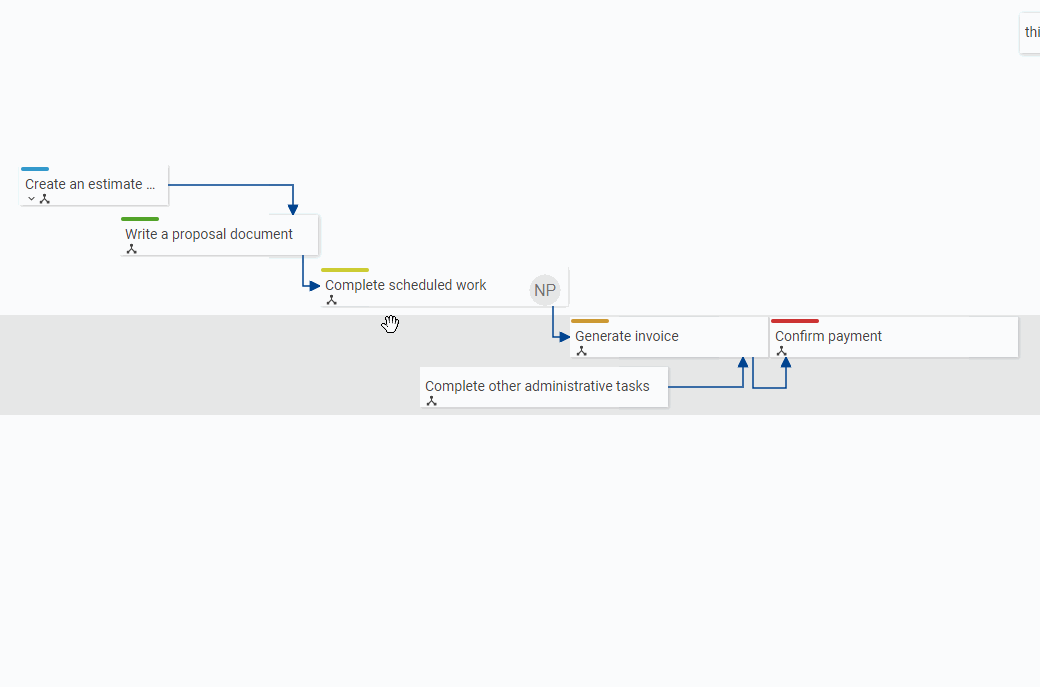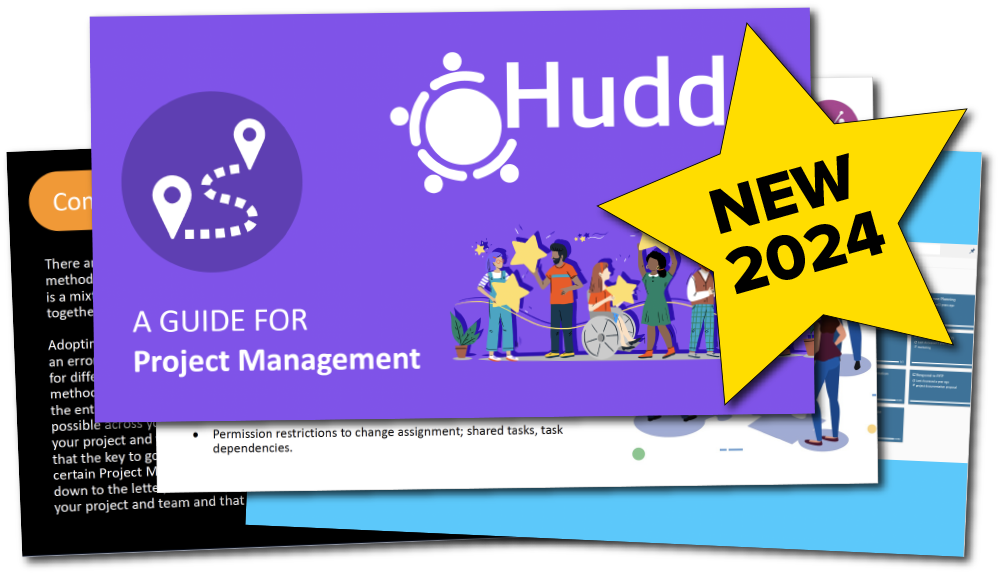Slay the Beasts of Methodology: Waterfall Project Management
There are several different project management styles out there. Picking which style is for you is down to two things,
1) how do you like to work individually and collectively, and
2) how well-defined your goals and tasks are.
Picking a working style, or methodology, is helpful as it sets the processes and guidelines on how you work. It helps everyone understand how your project is structured, the order in which you complete tasks, the frequency of meetings, and the roles and responsibilities of your collaborators.
Each week we will break down one of the main Project Methodologies used globally, and we will explain how they work, when they are used and why, and their strengths. What is more important than deciding which style to use, is ensuring you are all adopting the same working style (when working collaboratively on a project). Although many hands do make light work, this is only if those hands are coordinated.
Waterfall Methodology
In a rather dramatic fashion, a waterfall has a beginning and an end, and the rest is simply cascading down. There is no change of direction. There is no moving the endpoint. It’s a simple flow – straight down. Simple, yet effective.
A Waterfall Methodology is a series of tasks and stages, one after the other. One stage has to end for another to begin, with each stage dependent on the one before. Tasks and stages only flow down. However, much like a waterfall, once you start, there is almost no going back.
A Waterfall Project may be used for an event, you may have 1) Planning Stages, followed by 2) Creating Stages, 3) Inviting Stages, 4) Finalising Stages, 5) Execution Stages, and finally 6) Follow-up Stages. You cannot invite someone to an event until the event has been created, and you cannot have an event unless you have planned a subject and date. Each stage has to happen in order.
Waterfall is a very logical and simple way of managing a project. It’s clear what stage you are in, and everything is defined at the start and organised. You systematically work on a single stage, completing everything to unlock the next stage. Everyone is working on tasks at the same stage, at the same time.
However, a danger of Waterfall Methodology is that there is no room for change. You cannot change the date and venue of an event days before the event is going to happen. Well, you could, but it’s really difficult and creates a lot of additional work. It could severely impact success and generate a lot of stress.
So, Waterfall is best if your end goal is clearly defined, and stakeholders know exactly what they want. There is no ambiguity over what success is and the project is predictable, and everything will follow a consistent and systematic flow. If you need to gather requirements, and feedback or create future tasks as you go along, Waterfall Methodology is not for you. Just think, Waterfall Methodology means no turning back! Swimming upstream is not efficient.




